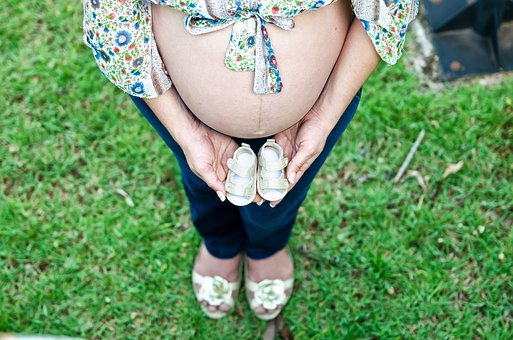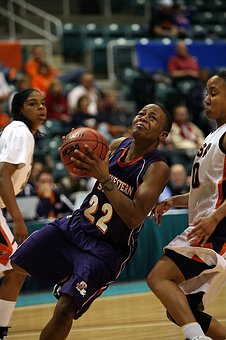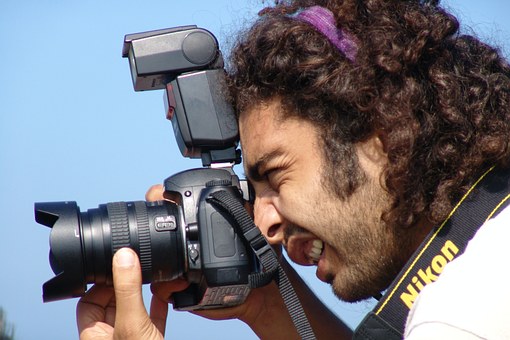Adolescent Injuries: Sprains and Strains

Sprains and strains are among the majority of the injuries caused while playing sports
. Sports injuries can be caused by small trauma which involves ligaments, muscles and tendons including bruises, sprains and strains. The body part which is most commonly involved in spraining or straining is the ankle. The 3 ligaments that are involved during ankle sprain or strain include anterior talofubular ligament, posterior talofibular ligament and calcaneofibular ligament.An injury caused to the soft tissue as a result of a direct force like fall, kick and blow is called a contusion or a bruise. A sprain is nothing but a ligament injury which is wrenched or twisted. Sprains usually affect knees, wrists and ankles. On the other hand a strain is an injury caused to a tendon or muscle which usually results from force, stretching and overuse.
Sprains/Strains are usually diagnosed by a physician after a physical examination. The physician asks for thorough medical history of the adolescent and asks various questions that lead to the cause of the injury. Various diagnostic procedures are also available which also helps in evaluating the problem. X-ray is one of the oldest and common diagnostic tests done to know the extent and exact location of the injury. An x-ray uses electromagnetic waves to get photos of internal tissues, organs and bones onto a film. MRI scan is one of the recently evolved diagnostic procedures which also help in evaluating a physical injury. This procedure actually called Magnetic Resonance Imaging makes use of bug magnets, computer and radio frequencies to get detailed pictures of structures and organs inside the body. Another diagnostic procedure called Computed Tomography Scan or CT scan is also used to evaluate the extent and location of injury. This procedure uses a blend of computers and x-rays to get cross sectional pictures in horizontal and vertical alignment. It shows thorough pictures of any part of the body like muscles, bones, fat and organs. They provide more information than conventional x-rays.
There are various symptoms of strain and sprain depending on each teen's physical condition and they may vary accordingly. One of the symptoms includes pain in and around the area injury. There could also be a swelling around the injured area. Some teens also experience difficulty when they use or move the area of the body that is injured. Some teenagers also undergo bruises or redness in the area that is injured. Many times the symptoms of sprains and strains may look similar to other medical conditions and a doctor's advice is the best option in this scenario.

Depending on various factors the treatment of sprains and strains will be prescribed by the teenager's physician that include teenager's age, overall health of the teenager, and medical history of the adolescent. To what extent the teen is injured is also a factor in determining the nature of treatment. A teenager's level of tolerance to certain medications, therapies and procedures is also taken into consideration before opting for a particular method of treatment. The treatment also depends of what expectations one has and also preference and opinion.

Various options available for treatment include things like restriction of the activity after the injury, application of cast/splint on the injured spot, crutches or wheelchair, physical therapy which involves stretching exercises to give strength to the muscles, tendons and ligaments that are injured and last but not the least is the surgery which is opted for in worst case scenario.
In the long-term scenario bruises, sprains and strains heal pretty quickly in kids and teenagers but it is important that the adolescent sticks to the restrictions imposed during the treatment and healing process like restriction of activity and regularly attending physical therapy sessions if any. It is noted that majority of the sports related injuries results either due to traumatic injury or excessive use of muscles and joints. But, they can be avoided and prevented with right training, by wearing right protective gears and by using right equipment for training.
Adolescent Injuries: Sprains and Strains
By: Jaden Skiver Newest Massage Cushion As Your Own Personal Masseur Personal Responsibility: Count Your Blessings How To Get Maximum Personal Injury Claim Compensation Personal Essentials Needed For Glacial Mountaineering On El Pico de Orizaba Think While Entering Personal Information On Car Insurance Sites How A Personal Injury Attorney Can Help Is This The Time For Az Refi? Your Personal Guide My Own Personal Gravity Bigger Personal Injury Payouts Made Easy Personal Injury Legal Counsel - 5 Benefits That You Should Know About How To Find The Best Los Angeles Personal Injury Attorney For You What Is A Personal Injury Lawsuit? Where To Find Insurance Quotes Without Personal Information Being Submitted